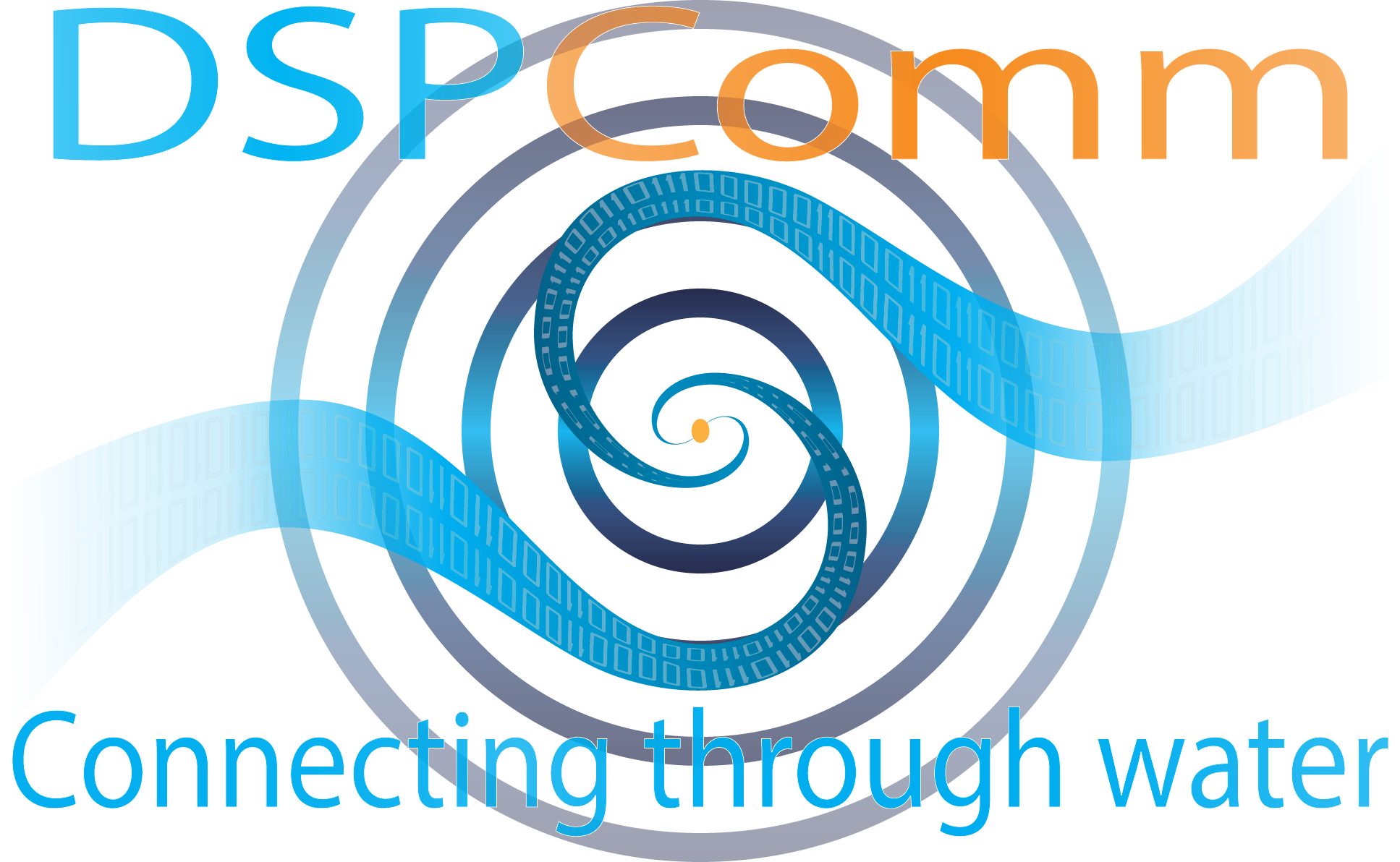
Autonomous Underwater Vehicles In Marine Geoscience
Marine geoscience is the science of oceans -the deep ocean floor, shallow slopes, surrounding shelves of the continent and coastal areas like beaches and estuaries. Marine geoscience is of great and rising importance to the economic stability and growth of world countries due to the use of underwater wireless and wired technologies. Autonomous Underwater Vehicles (AUVs) have several and enlightening uses in the scientific, military, commercial and policy sectors. Because they can operate independent of their host vessel, they are becoming a fast-rising must have for subsea monitoring and data collection from even extreme environments as well as seafloor mapping, submarine volcanism, hydrothermal vent studies amongst many others. Autonomous Underwater Vehicles (AUVs) are thus, self-propelled unmanned vehicles that can operate independently of their deploying vessel for a number of days. They make use of arrays of acoustic beacons, Ultra Short Base Line acoustic communication and GPS positioning, depth sensors, inertial sensors and Doppler velocity sensors to navigate. Unlike Unmanned vehicles which comprise of both autonomous and non-autonomous vehicles, the Autonomous underwater vehicles do not require their surface vessels to operate. As a matter of fact, their surface vessels can be used in a geographically different area for another purpose; hence drastically increasing the amount of data recovered for a specific period of ship-time.
In 1957, Unmanned Underwater Vehicles (UUV) were created and from it, Massachusetts Institute of Technology (MIT) developed the Autonomous Underwater Vehicles (AUVs) technology in 1970. As against the UUVs that also involve vehicles remotely operated, the AUVs require no human input after deployment. It, however, has a computer system on a ship or a naval vessel from which it is launched. It manages to remain autonomous and self-sufficient through the Underwater Acoustic Positioning System which uses the GPS to propel and navigate properly. In addition, they were constructed with an advanced battery management system that makes it possible for it to remain longer underwater without having to come up for charging.
Various Uses of Autonomous Underwater Vehicles
Research and Exploration: This involves research of the oceanic sea floor. AUVs are also used to explore and track life underwater.
Commercial Purposes: AUVs are used by oil companies to find areas suitable for commercial oil drilling.
Military Purposes: During war times and self-protection periods, militaries use Autonomous Underwater Vehicles go find booby-traps places in other countries, place their own booby-traps and scout the area.
Dangerous Environments for Autonomous Underwater Vehicles
Autonomous Underwater Vehicles are today a vital part of marine geoscience. They have eliminated so many challenges to exploring the underwater and have made a lot of difficult underwater tasks easier. They, however, cannot operate with 100% efficiency in some areas. Some areas prove to be more violence and overpower the AUV in the tide. For instance,
- Autonomous Underwater Vehicles in marine geoscience move at a speed of up to 1.5 – 2.0m/s and tidal currents that move at a speed higher than that can cause a navigational drift and data corruption will be the ripple effect.
- Areas of the high military, shipping or fishing activities can lead to acoustic interference, collision, entanglement in fishing nets and even total destruction.
- High water turbidity can hinder proper camera imaging.
- The loud acoustic geophysical sensors of Autonomous Underwater Vehicles May disturb the marine fauna in sensitive regions like Marine Protected Areas.
- Shallow waters with a high level of anthropogenic infrastructures and activities are also dangerous for AUVs.
As one of the Unmanned Vehicles, the Autonomous Underwater Vehicles stand out as a scientific victory that has revolutionized geoscience and the exploration of the oceanic world.
